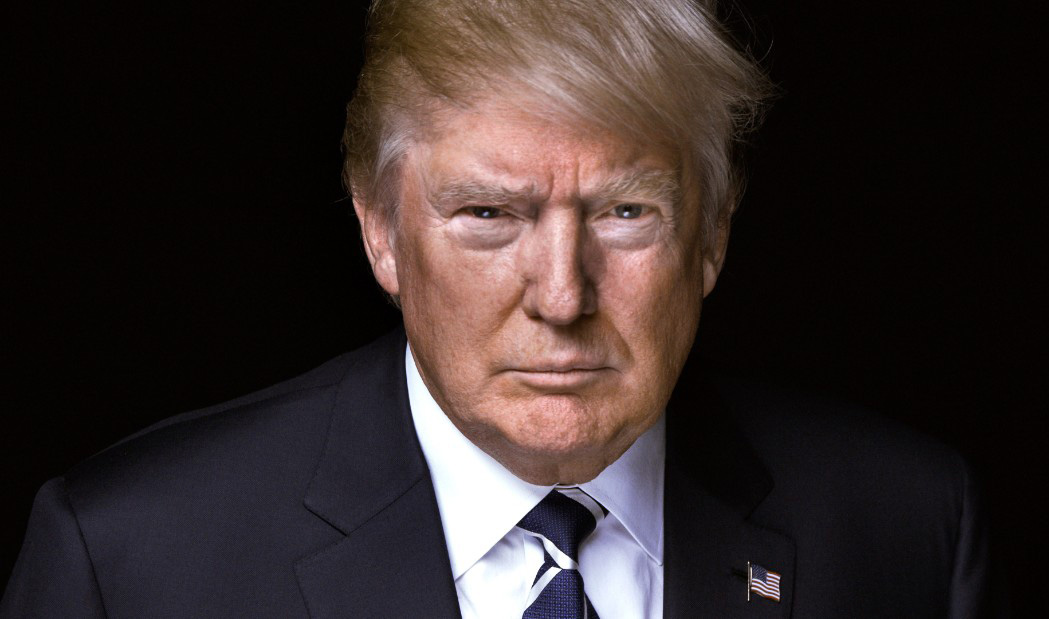
Iraq’s Supreme Court has ratified the results of the May 12 parliamentary election, its spokesman said, setting in motion a 90-day constitutional deadline for the winning parties to form a government.
“The court has issued a decision to ratify the results of the parliamentary election,” the spokesman said in a statement on Sunday.
|
Iraq: Manual recount shows few changes to May election results |
A nationwide recount of votes showed on August 10 that populist Shia leader Muqtada al-Sadr retained his lead, positioning him to play a central role in forming the country’s next government.
Many Iraqis, including Kurdish and Sunni Arab groups, disputed the results of the vote, alleging widespread electoral misconduct.
In June, a huge fire destroyed a warehouse housing boxes containing ballots from the May vote.
Iraqi officials, including its prime minister, Haider al-Abadi, said that the fire was started deliberately with the aim of harming Iraqi democracy.
The fire came just days after parliamentarians ordered a recount of all 11 million of the votes cast.
MPs also sacked the nine-member independent electoral commission that oversaw the process and replaced the body with judges.
The recount did not change the number of seats Sadr’s bloc won. According to the commission, only one seat from Iraq’s Baghdad Coalition had moved to the Al-Fatih Bloc, which is part of a Hashd al-Shabi-led coalition, giving the latter 48 instead of 47 assembly seats.
After the initial result, Sadr and Abadi formed an alliance in the aftermath of the vote, in which the former’s Sairoon Alliance won 54 seats to become the largest bloc in Iraq’s 329-seat parliament.
Abadi’s alliance – once seen as a frontrunner – came in third, with just 42 seats.
Incoming MPs will now hold a first session to elect a new assembly speaker. Within 30 days of that first session, the assembly will elect- by a two-thirds majority- the country’s next president.
The president will then task the largest bloc in parliament with drawing up a government, which must be referred back to parliament for approval.












